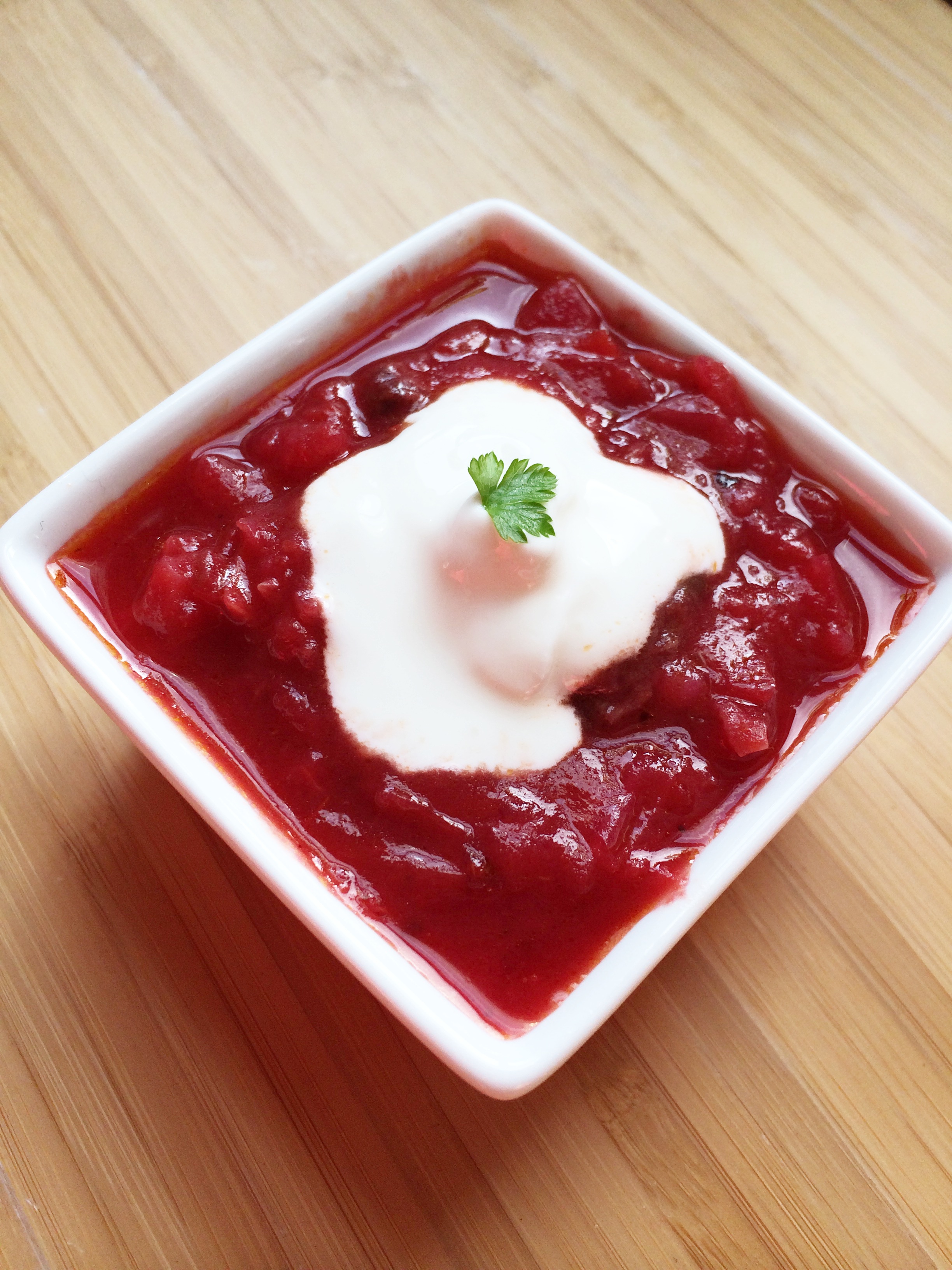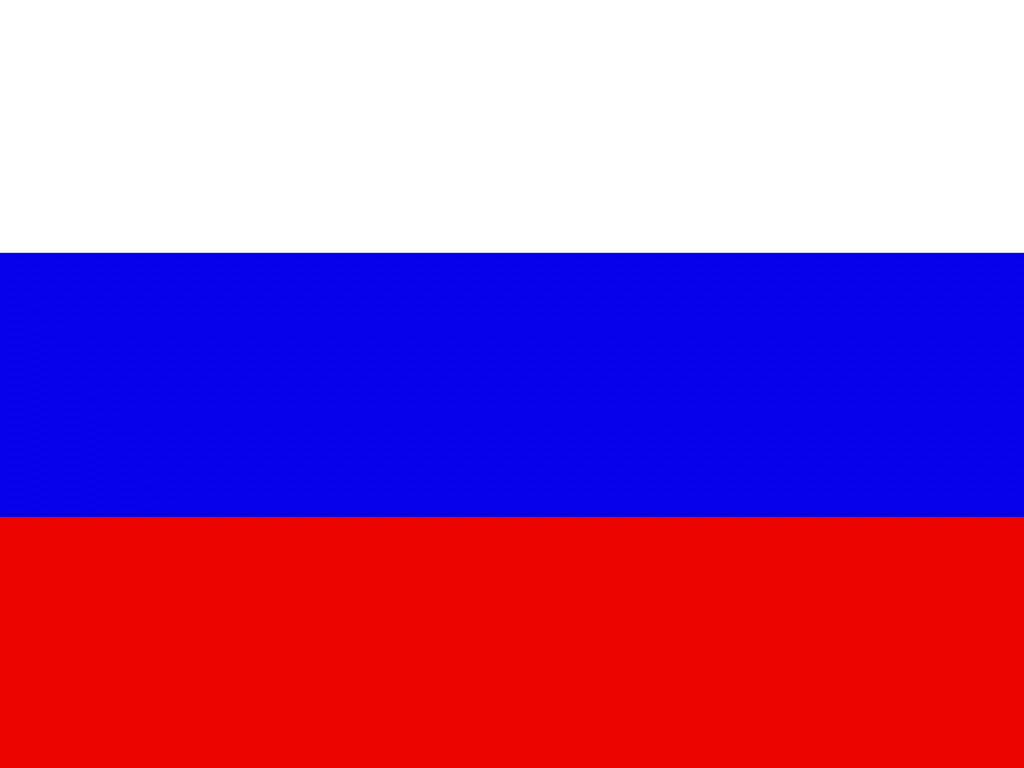So you know that feeling when you spend 3 hours making something and photographing the process, and then your demon possessed camera deletes all of those pictures? Well, I hope you don’t, and if you did, I’d make you a chocolate cake…because it seems like that should help. Praise God for iPhones!
We’ve been getting a head start with some of the Olympics preparation, as this is a crazy time of year for us (birthdays, Valentine’s, consignment, oh my!) and I’m gathering with friends to watch the IF conference this weekend…so stoked about that!
Since the Olympics are taking place in Russia this year, and we have ties to this culture, it seemed only fitting to start there for our first focus night. We’ve also done a little bit of decorating for the Olympics. I loved this idea of making a flag banner, and my kids enjoyed picking out the countries and looking up the flags they wanted to make. The crafting process was pretty painless as well, and they can tell you which country each flag goes with. Art, and education? Done!
Our menu for Russian focus night will consist of Borscht, and blini with caviar and sour cream. These are both pretty common dishes in this area. I also posted some simpler menu options earlier this week. To be perfectly honest, I’ve been a little over ambitious with all we have going on, and I’m really wishing I would have gone the pierogi/varyniki route! But the caviar is purchased (only $15 at Whole Foods!), so we are pressing on!
As much as I love structure, and worksheets, I don’t find my kids learn best that way. They learn best from experience, and dialogue (don’t we all!). So we are going to eat like Russians would eat, and listen to music Russians would listen to (the classic stuff, I don’t have the patience for a night full of the other), and dance like Russians would dance. These are all things that are normal in our house, and I want to show our kids what our version of normal may look like in Russia. You know…with some added bonuses, like being able to control your own heat. We will be talking some in Russian (at least as much as we can remember, which will mean full sentences for my husband and one word basics and commands for myself), showing them where Russia is located on a map, what the capital of Russia is, and telling them some of the idiosyncrasies we experienced while there (like the lack of lines, the quietness in public, and how if you go out without a hat on September-April the babushka’s (grandma/old lady) will scold you).
So here are a few ideas and facts to get you started on your Russian night:
Music, Tchaikovsky, most known for the Nutcracker
Dance, a guaranteed work out!
Language: Da-yes Nyet (knee-yet)-no Strasvitchya (stras-vitch-ya)- formal hello Priviet (pree-vee-yet)- informal hello Dasvidanya (dahs-vi-dan-ya)- formal good-bye Paca (packa)- informal good-bye
The capital of Russia is Moscow
A fun movie for the kids to watch would be Anastasia. It gives a glimpse of Russian history (ushering in the Soviet era), drops some Russian language (mainly “dasvidanya”), and one of the opening scenes is in St. Petersburg and gives a beautiful glimpse into Russian architecture. It gets a bit dark at times (which are easy parts to fast forward through), but led to a some good conversation for us.
Hopefully those are a few places to start for you. Figure out what your normal is, and then see what it would look like in Russia!
Besides focusing on specific countries, we also have a few things planned to enjoy the Olympics and countries coming together.
Teachers pay teachers is a great website, that I use quite often. They have a ton of great worksheets and resources, lots of them for free. I use it regularly to print practice sheets out for my boys, and to help focus on certain subjects…like the Olympics. I like this packet, and I will be including several ideas from here throughout the weeks the Olympics is on. I love that it has ideas for a variety of ages.
We also have our medal count sheets printed out and ready to track the USA’s wins. I love that she includes blank ones so you can keep track of other countries wins too! I also printed out the Olympics schedule so we can know when our favorite events are coming on. The boys are excited to watch Shaun White, and I think my daughter will be entranced with figure skating.
On to borscht. Like I mentioned, unfortunately I don’t have a ton of “in process” photos thanks to my camera, plus after comments I got on Instagram on my “in process” shot…that may be for the better. Apparently borscht is not pretty in process.
I combined two recipes from two babuska’s (grandma’s) that I received the recipe from. After making the full process they recommend, I’m going to give you my simpler version…because who has 3 hours to go back and forth between a cutting board and dutch oven? But in case you have that sort of ambition, I’ll give you the lengthier version at the end.
Borscht
1 pound of beef stew meat, or 1 pound beef shank (with bone in)
1 large onion
3 beets, roasted, peeled and grated (often you can find whole beets like this in the refrigerated produce section, then just run over a grater or pop in food processor grater)
2 potatoes medium to large, chopped
2 carrots, peeled and chopped
2 celery stalks, peeled and chopped
1 small head of green cabbage, chopped
1 can tomato paste
1 carton beef stock
Oil, salt and pepper
Sour cream as garnish
Turn large dutch oven, or stock pot on medium high and allow to heat. Season your beef with salt and pepper and sear on all sides (if there’s not sizzling and popping when you place meat in the pan, it’s not hot enough, you don’t just want browning, but almost a crunchy outside layer to form). If you are doing stew meat, this may take several batches as crowding of the pan won’t produce searing. After you have seared all your meat, set it aside on a plate. Turn pan down to medium and add 1-2 TBS of oil (if none was produced by your meat), add carrot, celery and onion into pan and saute until onions are translucent, about 5-7 minutes. After they are done cooking, add your tomato paste and stir to incorporate. Slowly pour in carton of beef stock (my favorite is Kitchen Basics low sodium) while stirring and scraping up all the bits off the bottom. Once incorporated, fill your carton up with water and shake a bit, and add the water to the pot. Add potatoes, beets and cabbage into the pot and stir to combine. Make sure there is enough liquid to cover all the vegetables, if not add enough to just cover them. Simmer uncovered on low for 2 hours. If you used stew meat, lightly press the meat against the sides of the pan to break up the large chunks. They should just fall apart. If you used a beef shank, remove from the pot and remove the bone and any fat. Shred remaining meat, and add back to pot. Taste and adjust seasonings. Serve with smetana (sour cream)!
The main step I removed of the original process is boiling the meat for over an hour to form a stock…we bypassed this by just using boxed stock. One of the recipes called for kidney beans. When I lived in Ukraine, it was pretty split the amount of borscht served with beans vs non-bean borscht. I preferred non-bean borscht, so that’s what I made, but feel free to add some, if you like them!
I will say…if you don’t like the taste of beets, you’re probably not going to enjoy borscht. It’s a hearty, earthy dish that is an acquired taste. If you want an easier intro dish to Russian food, you might try one of the dishes I recommend here. The deconstructed galupsy is a great intro to borscht, in fact that’s what we did a couple weeks ago, to start to familiarizing our kids with the tastes.
Whatever you decide to make, and teach your kids about Russia, I hope that you have fun teaching your kids or friends about a different culture, and laughing at yourselves as you try to say silly Russian words or do a crazy dance like they do. One of the biggest things I learned while living overseas is that how they live isn’t bad or wrong, and what we do isn’t good and right…it’s just different and just like people, all different cultures and people groups bring something to the table.

